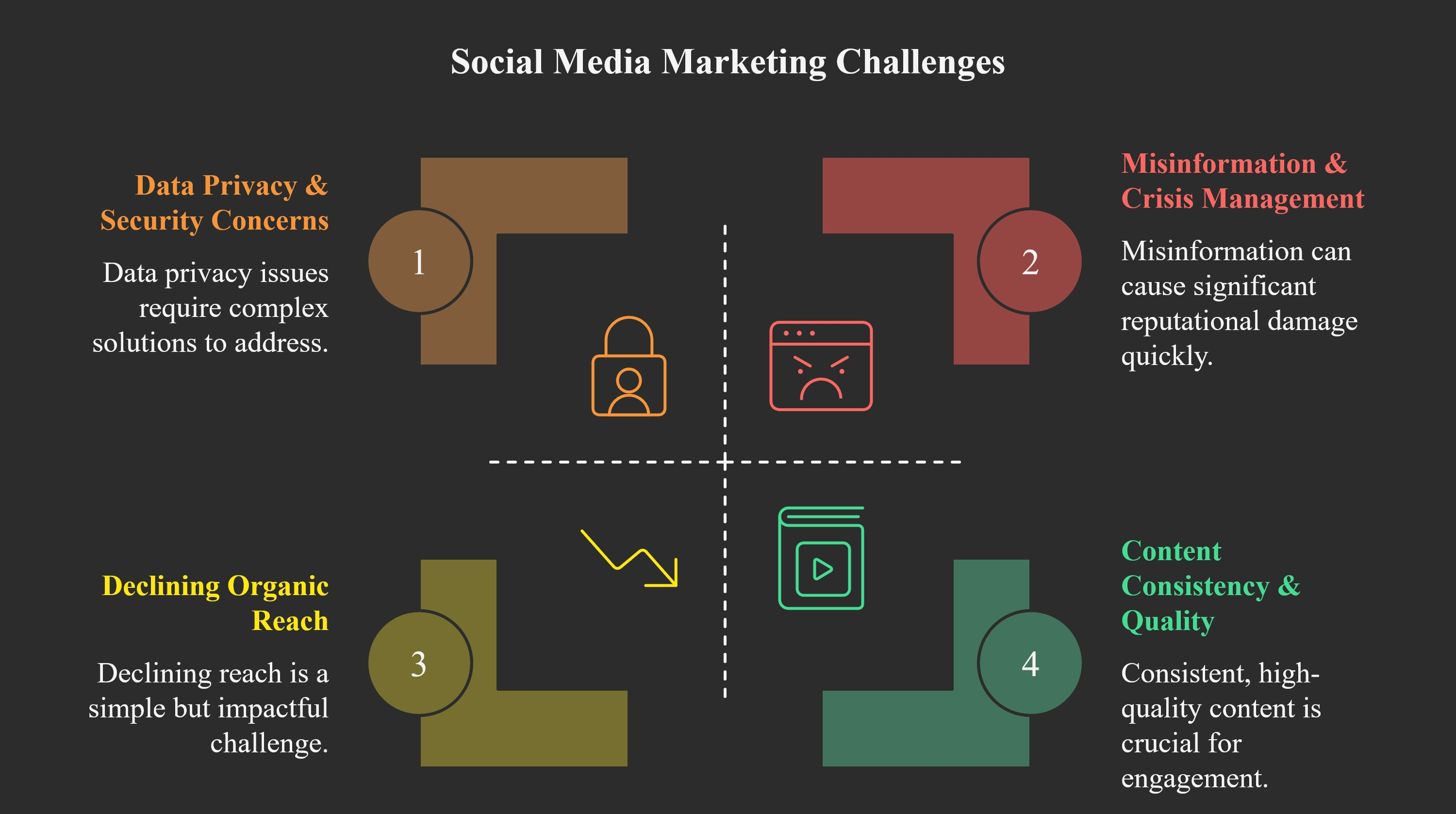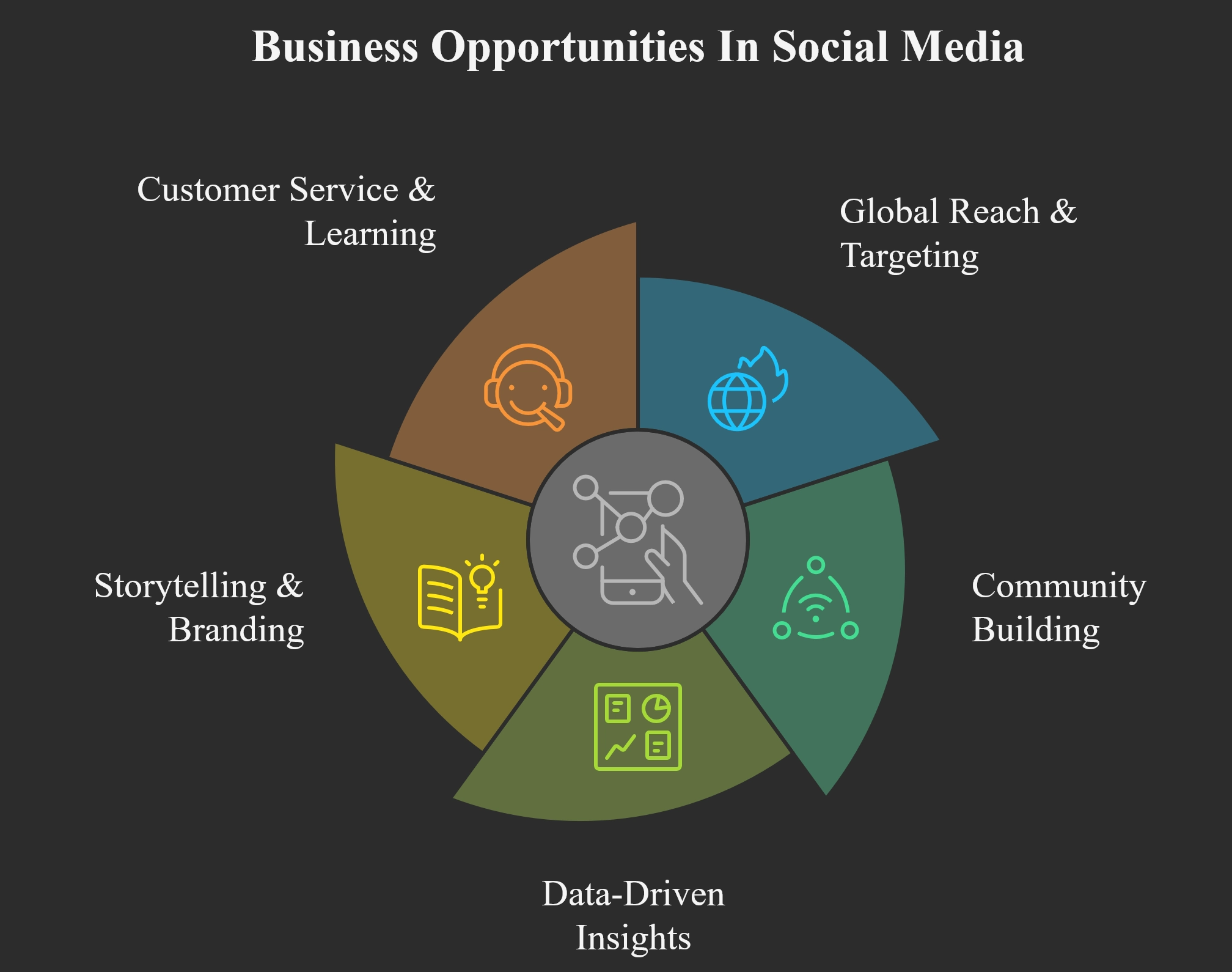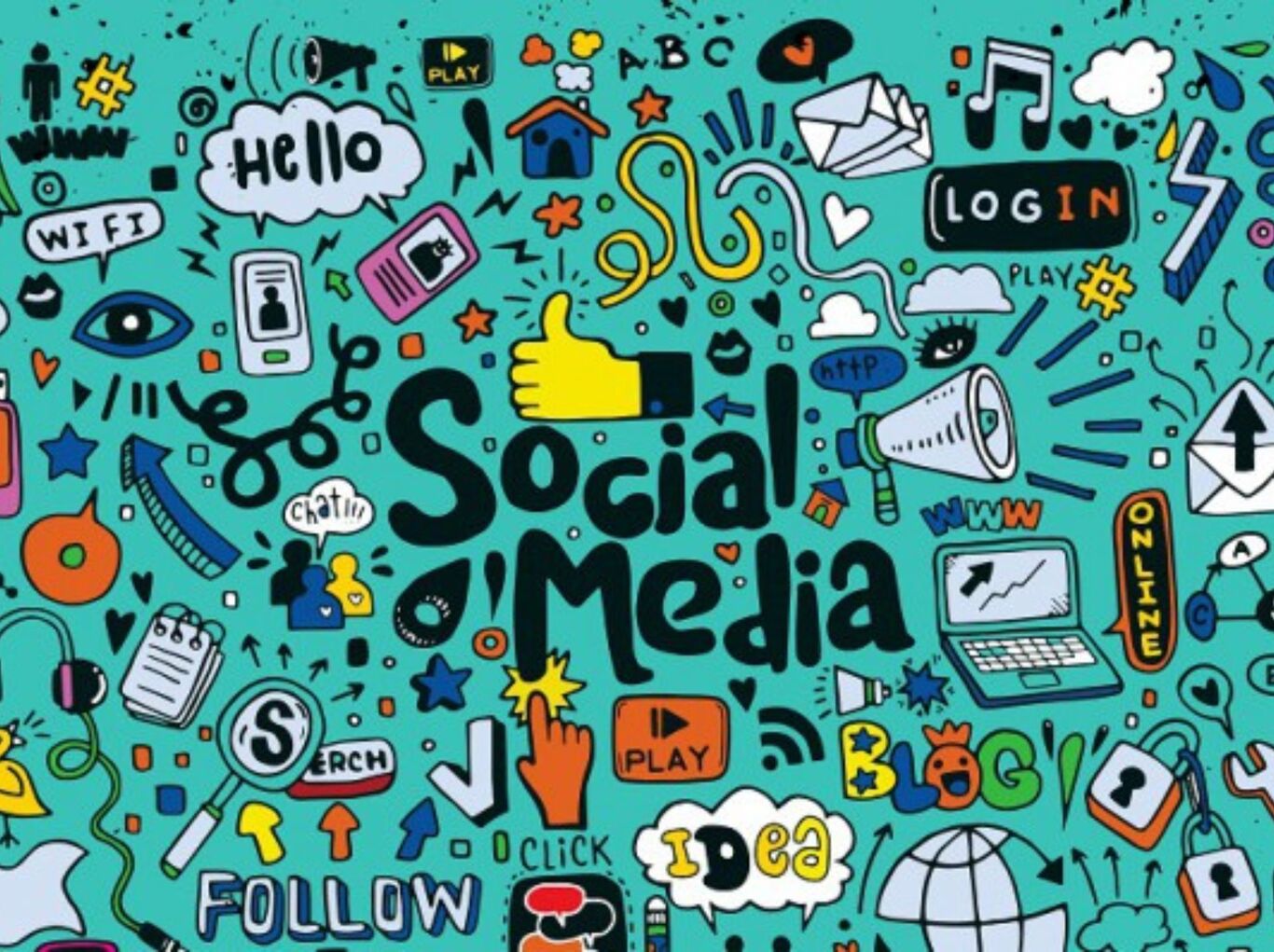Social Media Challenges and Opportunities for Businesses in 2025

In 2025, social media remains a crucial channel for business growth but presents complex challenges and powerful opportunities. The digital landscape is evolving rapidly, with declining organic reach, constant algorithm shifts, and rising concerns about privacy and misinformation creating hurdles for marketers. At the same time, platforms offer unprecedented global reach, precise audience targeting, and rich data-driven insights that businesses of all sizes can leverage for competitive advantage.
This comprehensive guide addresses the key Social Media Challenges & Opportunities businesses face today on social media while highlighting opportunities to navigate and thrive in this dynamic environment.
Key Social Media Marketing Challenges in 2025
The biggest hurdles businesses face in social media marketing in 2025 range from declining organic reach and the constant need for fresh, high-quality content to the unique struggles of small businesses, the spread of misinformation, and growing privacy concerns, it outlines the challenges brands must navigate while building trust and maintaining visibility online.

Declining Organic Reach & Algorithm Changes
Over recent years, organic content visibility on major platforms has drastically fallen. For instance, Facebook’s average organic reach dropped to just 1.37% in 2024[1], meaning barely 1 in 100 followers sees a post. Instagram’s reach is slightly higher but declined ~18% year-over-year to roughly 4%.
This sharp decline happens because platforms frequently update their algorithms to prioritize content that maximizes user engagement and ad revenue. Organic brand posts often get deprioritized in favor of personal updates, paid ads, or new popular formats like Reels. Social platforms effectively limit unpaid reach to encourage businesses to invest in paid advertising, creating a “pay-to-play” environment particularly challenging for small enterprises with limited budgets source.
To stay competitive, marketers must continuously monitor algorithm changes and diversify content types and platforms. The focus has shifted towards creating highly engaging, timely, and varied content tailored to each channel’s evolving preferences.
Content Consistency & Quality
“Content is king,” but regular production of high-quality, fresh content remains a major bottleneck. Maintaining consistent posting schedules across platforms each with different recommended frequencies and formats - challenges many businesses, especially those with small teams or constrained budgets source.
Content fatigue and creative blocks often cause gaps in publishing or repetitive material, risking audience disengagement. Effective solutions involve strategic content calendars, cross-platform repurposing, user-generated content incorporation, and leveraging trending formats to ease creative load without sacrificing quality.
Unique Challenges for Small Businesses
Small businesses face amplified difficulties due to limited resources and smaller audiences who are exposed to diminishing organic reach (often 1-4% of followers) source. Achieving meaningful organic impact typically requires tens of thousands of followers, a threshold many small enterprises struggle to meet.
Skills gaps across graphic design, analytics, content creation, and customer interaction further complicate social media success. Moreover, rapid platform changes or emerging trends (like TikTok’s rise) make adaptation harder. Small businesses are advised to focus on one or two relevant platforms, use affordable scheduling and creation tools, engage deeply with their core communities, and selectively invest in paid promotions to stretch budgets efficiently.
Misinformation & Crisis Management
The rapid spread of misinformation on social media poses serious reputational risks. False rumors, viral complaints, or harmful conspiracy theories can ignite crises, sometimes overnight. A notable example is United Airlines’ 2017 incident, where a viral video triggered a PR firestorm and a $1.4 billion drop[2] in stock value within days.
Businesses must prepare crisis management plans that include real-time social listening, transparent communication, fact-based clarifications, and rapid, sincere responses to mitigate damage. Proactive monitoring and readiness to engage quickly prove critical in turning potential disasters into opportunities for increased customer trust.
Data Privacy & Security Concerns
Consumers are increasingly wary of how their data is collected and used on social media. Scandals like Cambridge Analytica and frequent data breaches have heightened apprehensions, with 87% of individuals[3] unwilling to engage with companies they distrust regarding data security.
Privacy regulations such as GDPR and CCPA impose strict controls over personal data usage. Changes in platform policies (e.g., Apple’s iOS 14 update limiting tracking) reduce marketers’ data granularity, complicating retargeting and measurement efforts.
Successful marketers balance personalized targeting with ethical data practices, transparent disclosures, and compliance to maintain trust and avoid legal repercussions.
Social Media Opportunities for Businesses
Social media has become more than just a platform for connection it is now a powerful business tool. From brand visibility and customer engagement to lead generation and sales, it offers opportunities for businesses of all sizes to grow and compete effectively.

Boundless Global Reach & Precise Targeting
Social media platforms provide businesses unparalleled reach; over 63% of the world’s population uses social media daily, accounting for 5+ billion potential contacts.
Beyond reach, businesses can precisely target meta ads by demographics, interests, behaviors, and locations. Need to target urban 25-34-year-olds interested in fitness? Platforms like Facebook and Instagram enable that. Organic strategies also include targeted hashtags, group postings, and community involvement, allowing companies to meet niche segments effectively.
Building Engaged Communities
Creating an active community helps businesses develop loyal advocates who amplify messaging and provide vital feedback. Brands like Glossier grew through nurturing Instagram communities with over 3 million followers who actively share and promote the brand.
Community engagement also boosts algorithmic reach through increased likes, comments, and shares. Companies can facilitate peer-to-peer interactions via groups (e.g., Facebook Groups, Discord servers) and co-create content with fans. Investing in community management translates to greater retention, brand loyalty, and authentic growth.
Data-Driven Insights & Real-Time Feedback
Social media platforms generate extensive engagement data, allowing marketers to analyze which content resonates, track sentiment, and adjust strategies instantly. Monitoring audience reactions and competitors enables businesses to identify market gaps and optimize their offerings every day.
For example, Nike’s controversial “Dream Crazy” campaign was guided by advanced social media analytics tracking engagement and sentiment shifts, contributing to a 31% surge in online sales shortly after launch.
Even small businesses can leverage free analytics tools like Instagram Insights or Facebook Analytics to enhance marketing initiatives and responsiveness.
Storytelling & Personal Branding
Social media humanizes brands through storytelling, sharing company values, behind-the-scenes moments, and customer successes. It enables leaders to cultivate personal brands that elevate corporate identity, especially on LinkedIn and X (Twitter).
Examples include entrepreneurs like Gary Vaynerchuk, who built a personal following by candid storytelling, and Wendy’s, whose bold Twitter voice engages audiences with humor and personality. Story-driven content creates emotional connections that differentiate brands beyond price or features.
Customer Service & Professional Learning
Social media doubles as a customer service platform where timely, helpful responses to queries or complaints can build trust publicly. Around 80% of consumers expect replies within 24 hours on social channels[4], making social customer care a competitive differentiator.
Additionally, platforms provide access to expert communities, live webinars, and educational content. Businesses can encourage teams to engage in these knowledge hubs for continuous learning and innovation, keeping pace with trends and competitor moves.
Conclusion
At GrowthJockey, we empower businesses to navigate the complexities of social media by combining AI-driven insights with our venture architect approach. We help overcome challenges like declining organic reach and content inconsistency by crafting data-backed, multichannel strategies and automating workflows for sustained engagement.
By integrating advanced analytics and social listening tools, we enable brands to build meaningful communities and optimize their marketing spend. Our end-to-end support from refining business models to implementing scalable tech solutions ensures that businesses not only adapt to social media’s evolving landscape but also unlock new growth opportunities effectively.
FAQ On Social Media Marketing Challenges & Solutions
1. What are the top social media marketing challenges?
Declining organic reach, constant algorithm changes, creating consistent quality content, measuring campaign ROI, and managing customer expectations and feedback.
2. Why do social media marketing plans often fail?
Lack of clear strategy, irregular posting, focusing on vanity metrics over outcomes, and failure to adapt based on data.
3. How can small businesses overcome these challenges?
Focus on 1–2 key platforms, use free or affordable scheduling/design tools, engage deeply with a niche audience, repurpose user content, and invest selectively in ads to boost reach.
4. What risks come with social media marketing?
PR crises, negative public feedback, misinformation, account security breaches, and compliance/legal issues related to data privacy.
5. What are best practices to solve social media problems?
Define clear goals, use analytics to spot and fix issues, blend engagement-driven content with paid promotion, maintain consistent content calendars, and respond transparently to crises.








